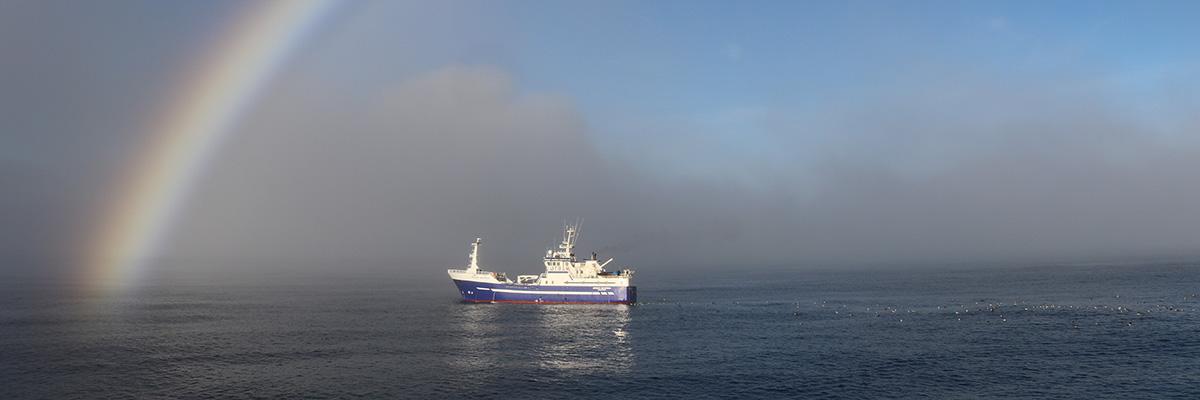
Any time that fishing is taking place, our vessels are required to carry onboard independent observers from CCAMLR (Convention for the Conservation of Antarctic Marine Living Resources) to observe and report on our operations to make sure we are following all regulations and measures, introduced to ensure the long term sustainability of the fishery.
The observers report to the independent CCAMLR Commission and to our vessels flag states, as well as collecting vital fisheries data on toothfish, bycatch and bottom interactions which help the scientific community manage the fishery.
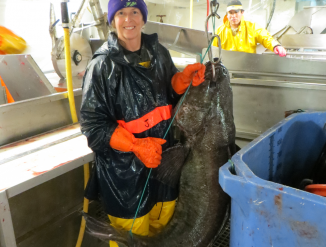
Our fishery in South Georgia is located around the island and the plateau to the west, known as Shag Rocks. It was first MSC certified in 2004, and has been re-certified twice since.
The South Georgia fishery only uses bottom-set longlines and undertakes several measures to reduce bird mortality. For example, vessels fish only in winter (May to August) when birds are not breeding and are under less pressure to feed. In addition, bait is defrosted and lines are weighted to ensure they sink quickly; and bird-scaring lines are used to keep them away from the hooks.
These measures have been very successful – bird deaths have been reduced to very low levels, as Dr Ben Sullivan, Coordinator at BirdLife Global Seabird Programme recognises:
“This fishery operates among huge colonies of breeding albatrosses and petrels which are highly vulnerable to bycatch, so the reduction of seabird mortality to low levels has been a major achievement. It is a credit to the operators and managers of the fishery – and the incentive provided by MSC certification is critical to replicating this success.”
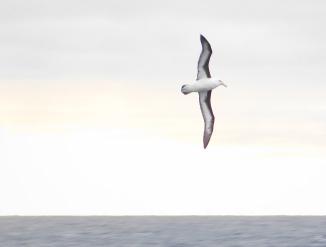
The management system for the Ross Sea fishery was developed by the Commission for the Conservation of Antarctic Marine Living Resources (CCAMLR), with members of this commission being responsible for the implementation of the commission’s requirements in their own fisheries. This has lead to several important steps in protecting the fisheries, including:
- The fishery operates as a CCAMLR exploratory fishery under a catch allocation, set annually and based on a biennial stock assessment. Access is restricted to licensed vessels from CCAMLR member states deemed appropriate by CCAMLR member countries at the Scientific Committee and Commission annual meetings in October each year
- The fishery is based on bottom-set longlines targeting Antarctic toothfish and is managed as an ‘Exploratory Fishery’. This categorisation is seen as a means of ensuring sufficient biological and other information is provided by fishing vessels to underpin fishery management while maintaining a precautionary TAC (Total Allowable Catch)
- This fishery closes annually when the catch (or bycatch) levels are reached.
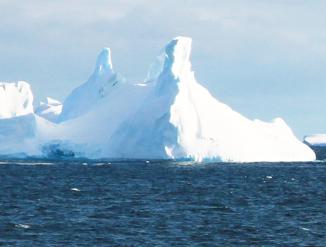
South Georgia
In February 2012, the GSGSSI announced the creation of a Marine Protected Area (MPA) covering the GSGSSI maritime zone north of 60°S. This created a 1.07 million km2 MPA within which all bottom trawling is banned - and no bottom fishing is permitted in waters shallower than 700m. Further methods were introduced in June 2013, including a ban on bottom fishing in waters deeper than 2,250m; the creation of some benthic closed areas in the depths fished for toothfish; and also the seasonal closure of the krill fishery.
Ross Sea
In October 2016, CCAMLR member countries agreed to a joint USA/New Zealand proposal to establish a 1.55 million km2 Marine Protected Area in the Ross Sea. This new MPA, due to come into force in December 2017, will limit, or entirely prohibit, certain activities in order to meet specific conservation, habitat protection, ecosystem monitoring and fisheries management objectives. Seventy-two percent of the MPA will be a 'no-take' zone, which forbids all fishing, while other sections will permit some harvesting of fish and krill for scientific research.
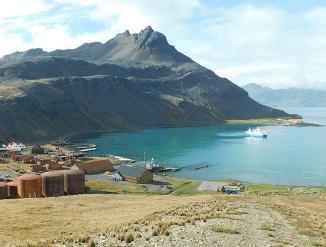
Limits on incidental bycatch in both the South Georgia and Ross Sea Fisheries are tightly monitored and controlled by both CCAMLR and the South Georgia Government. Bottom longlining is a very targeted method of fishing that results in minimal bycatch.
